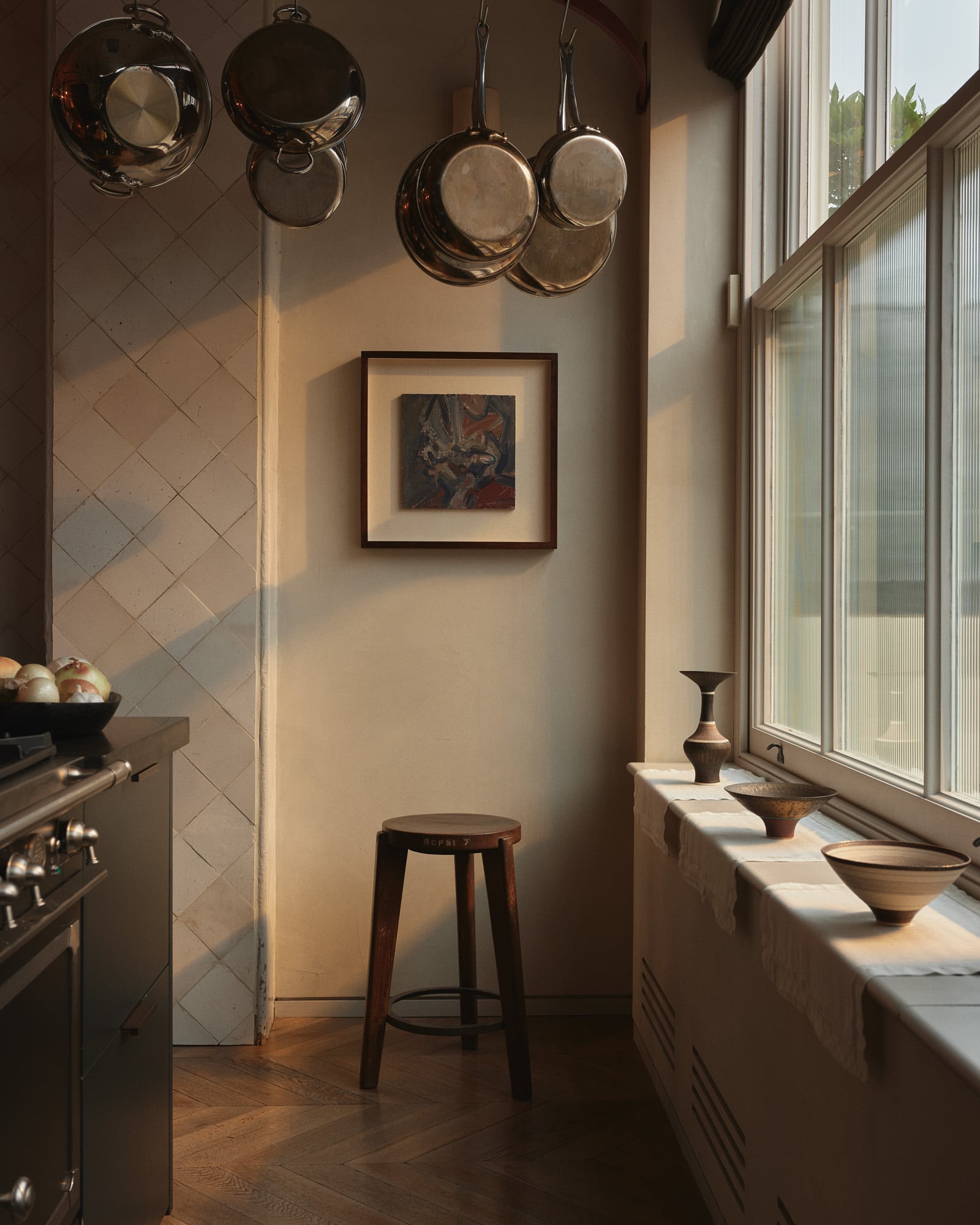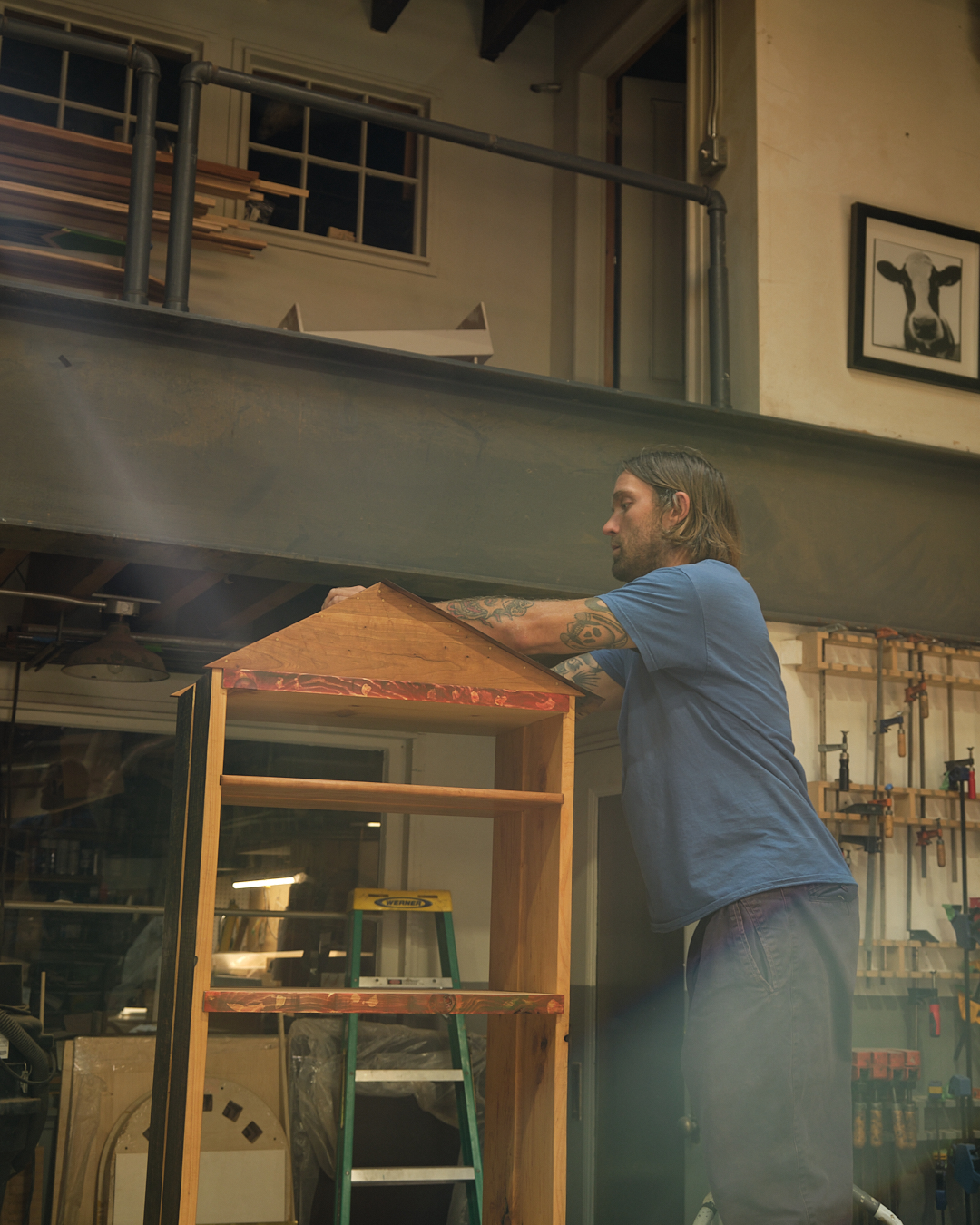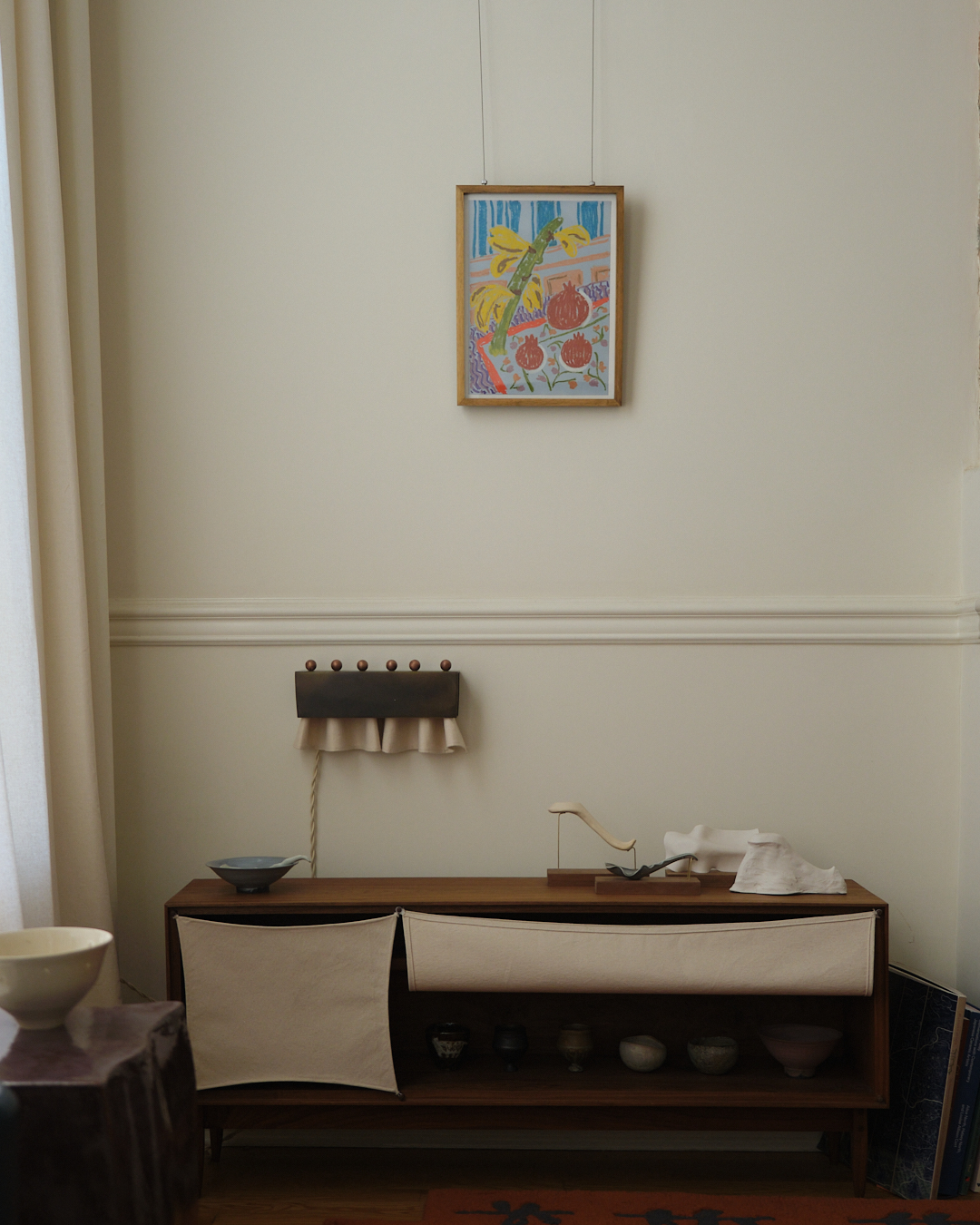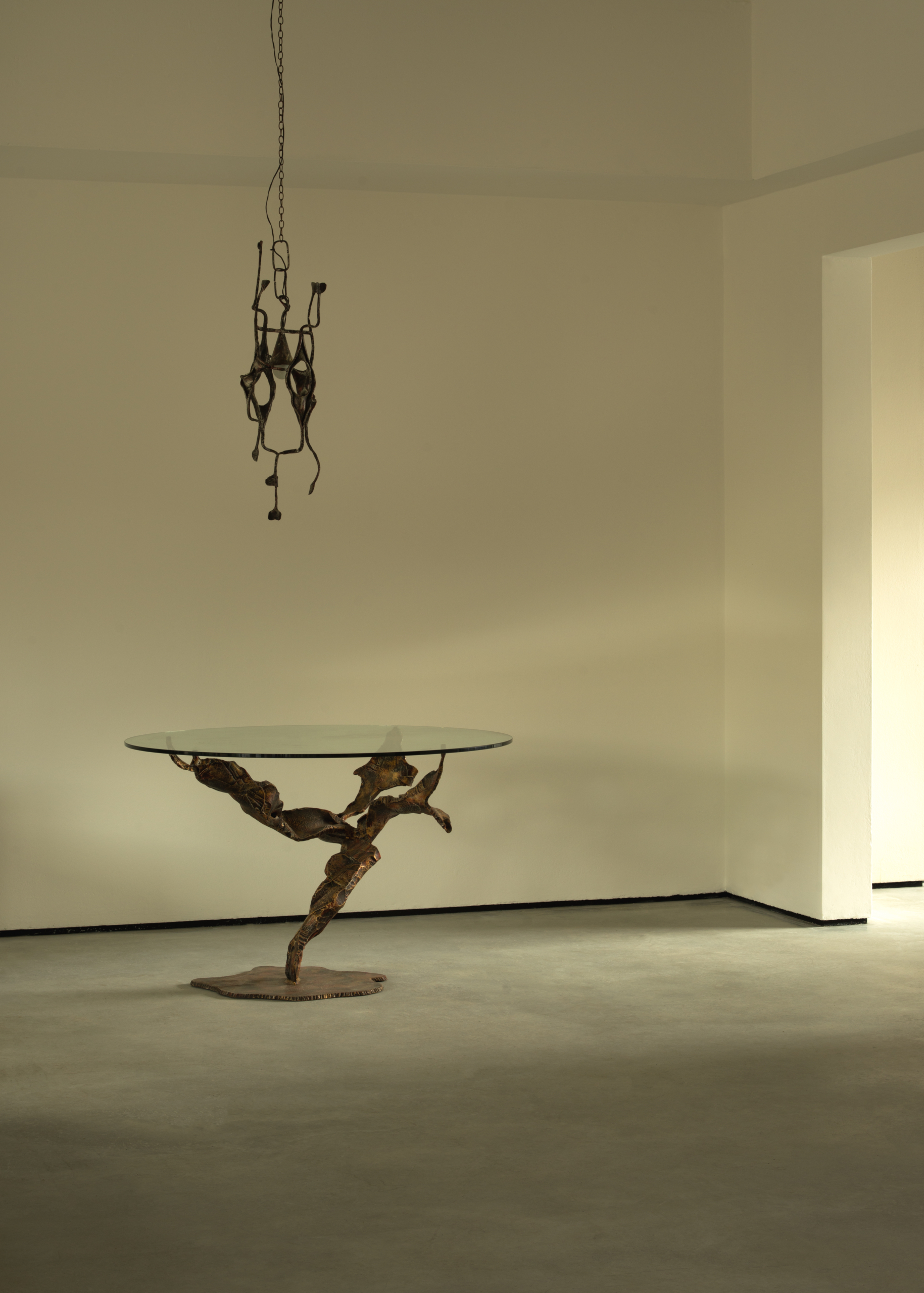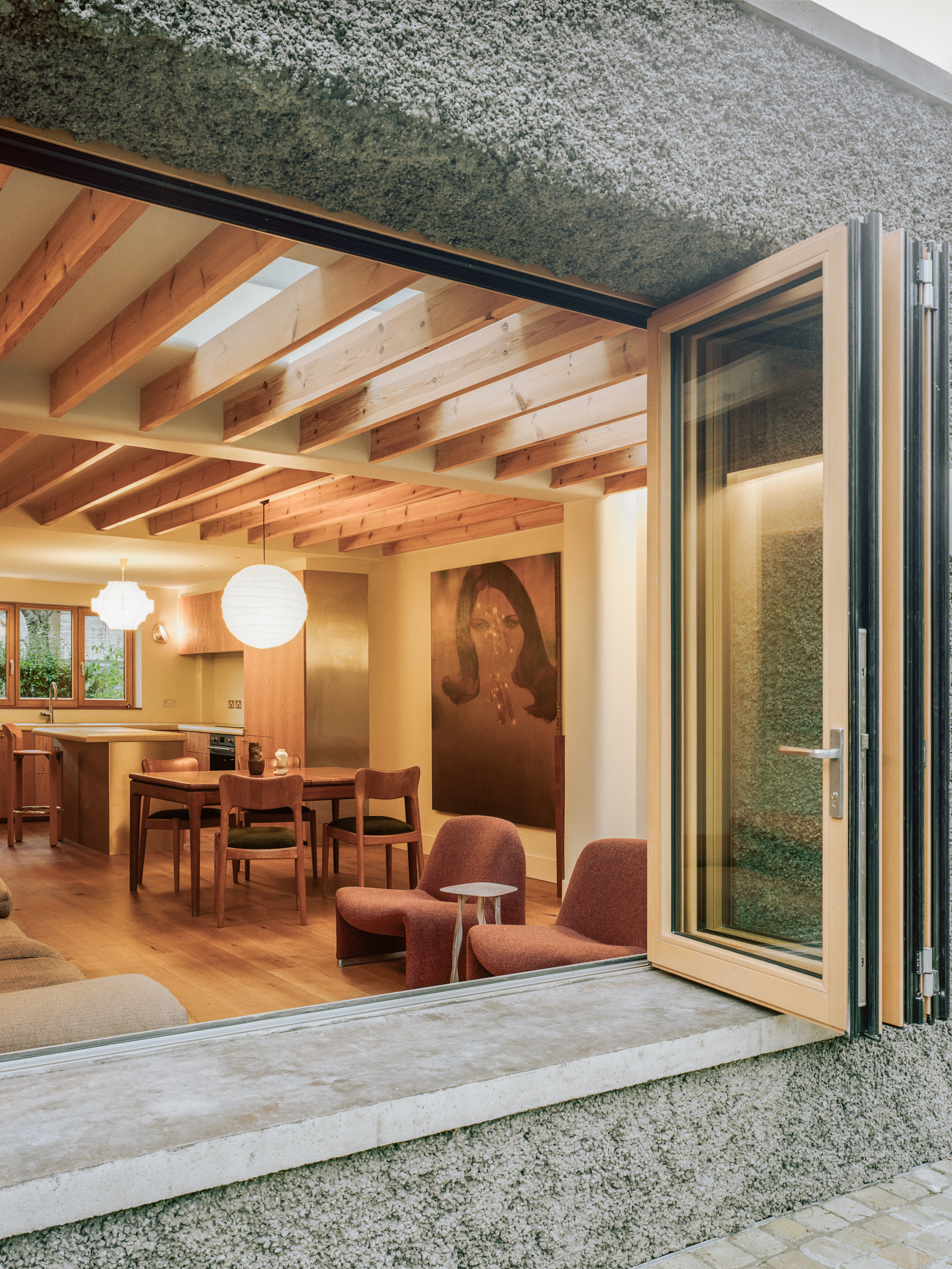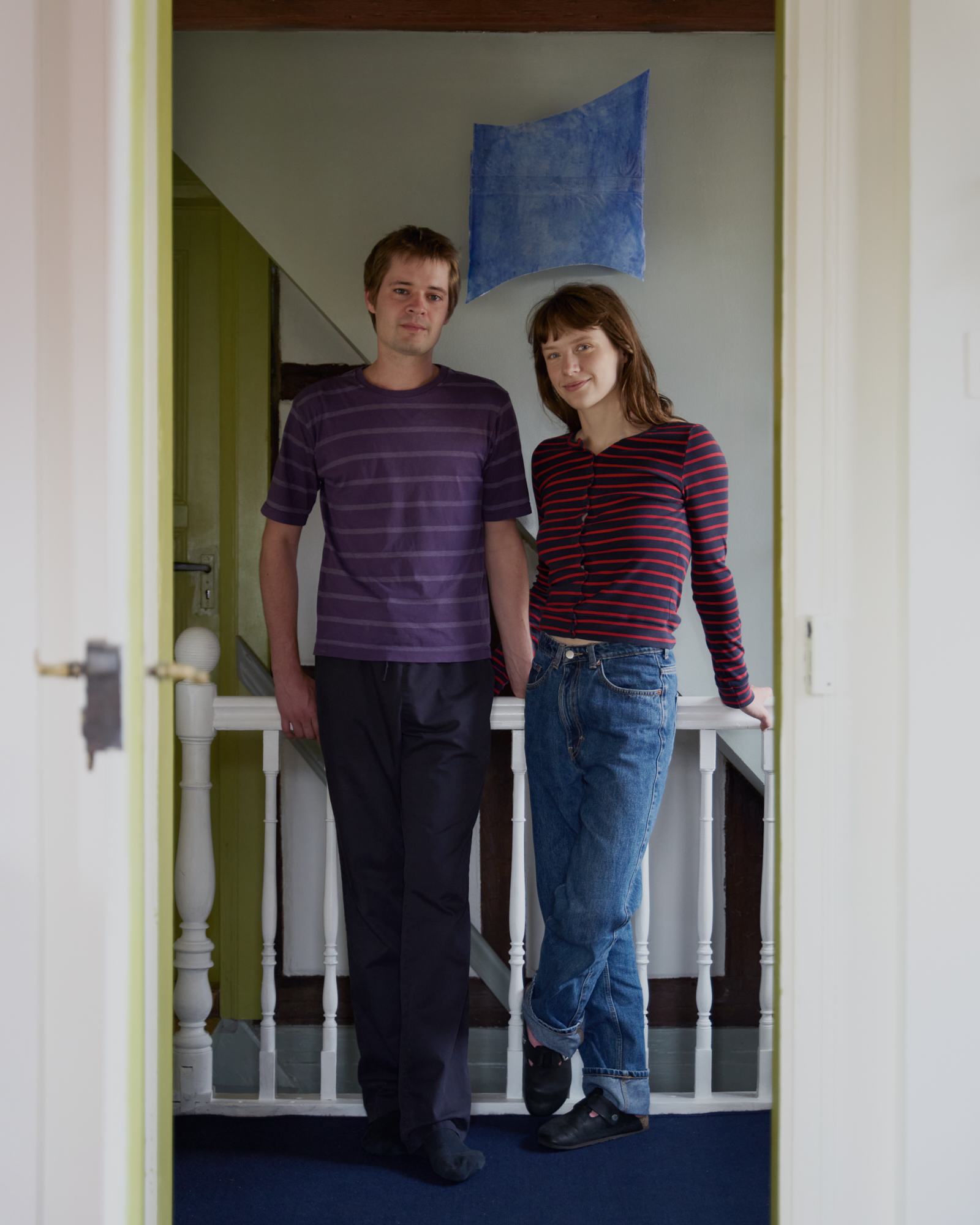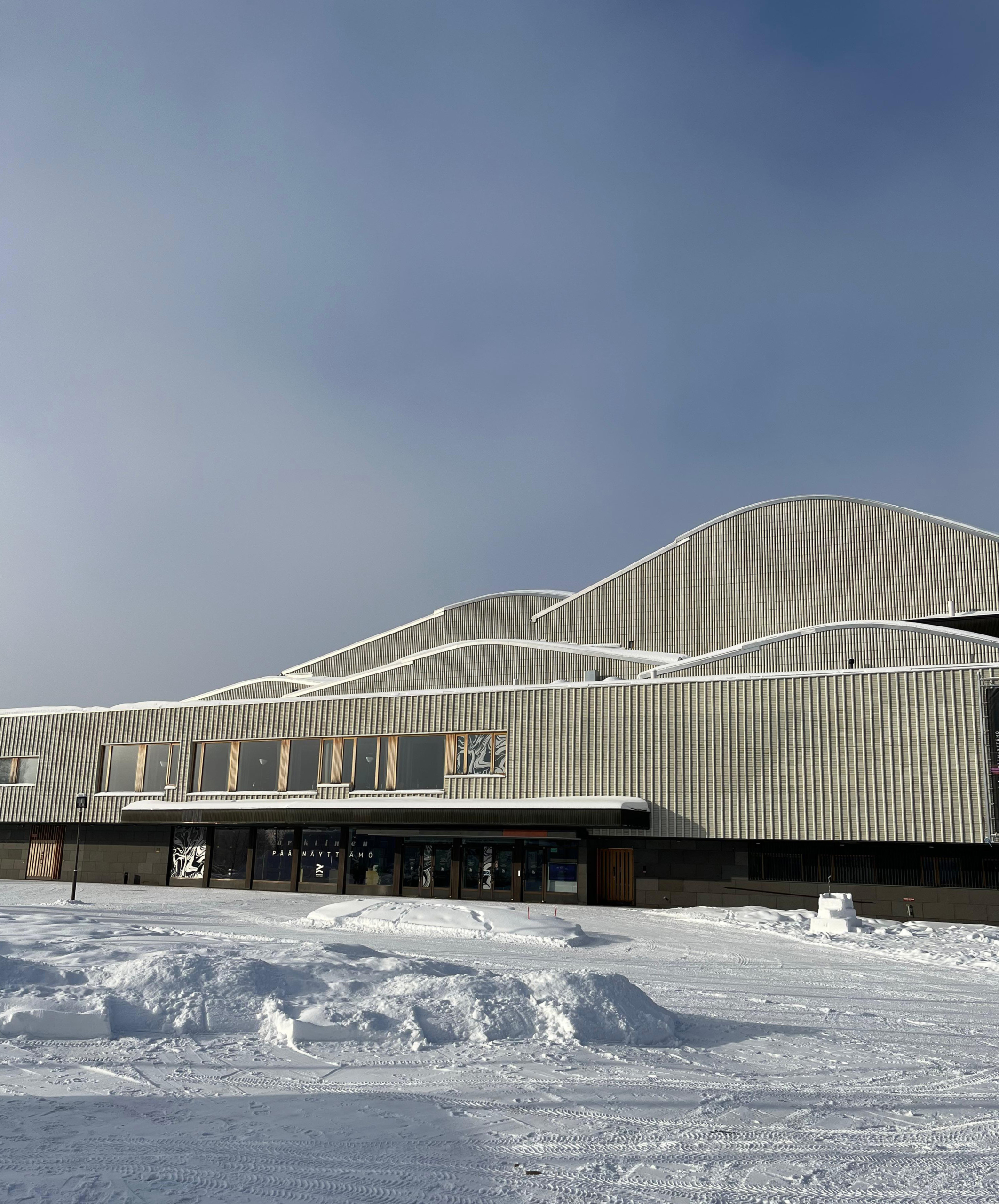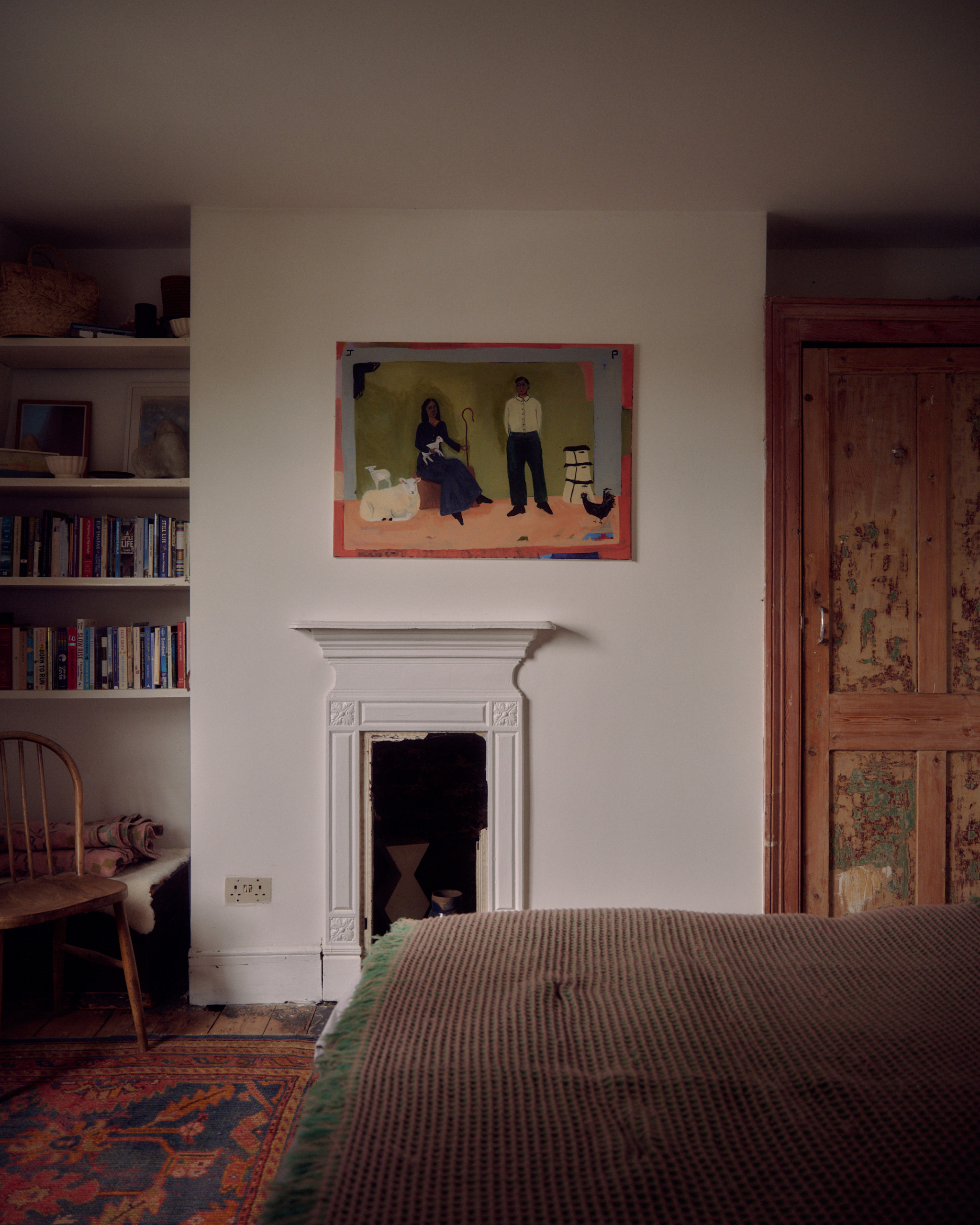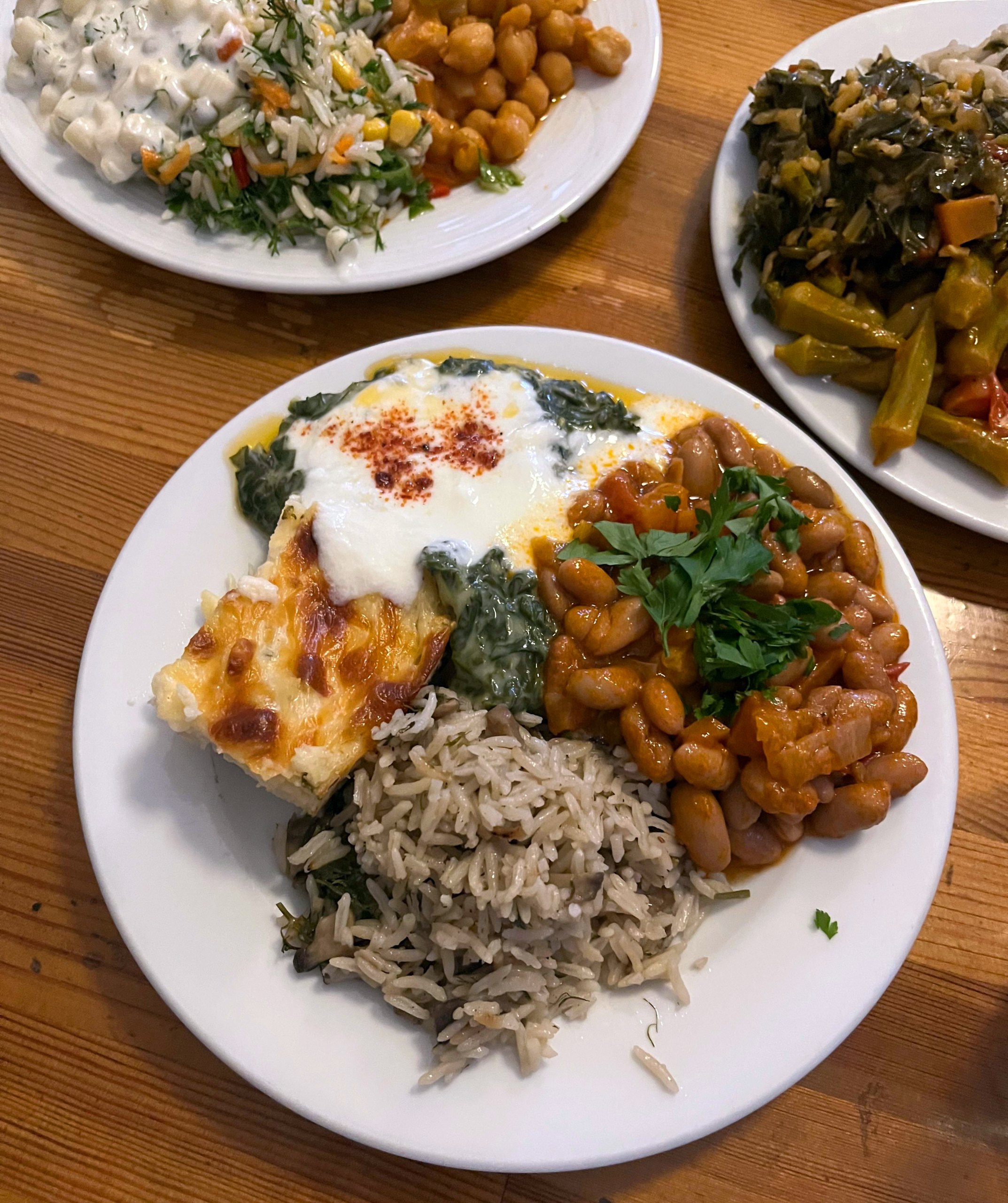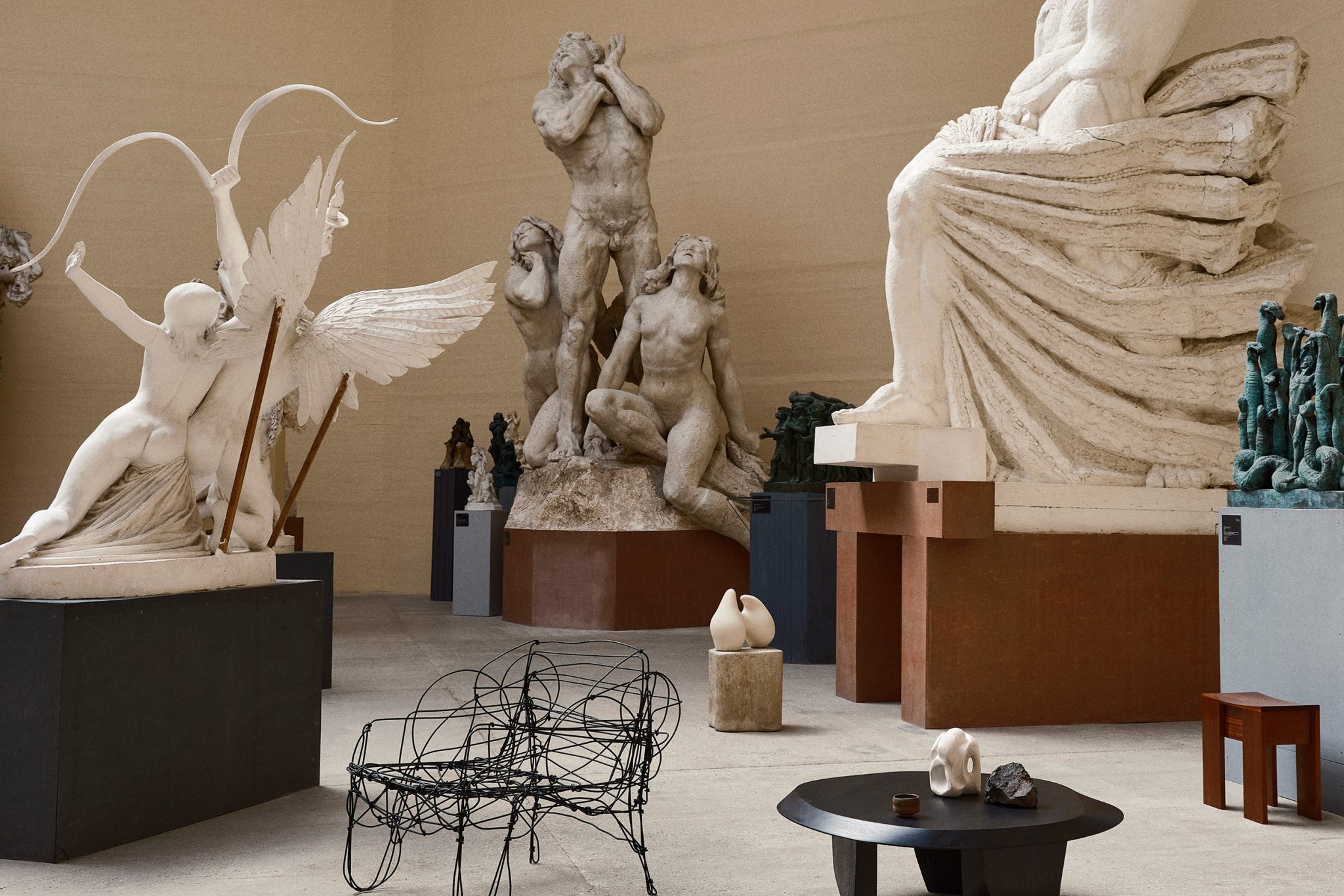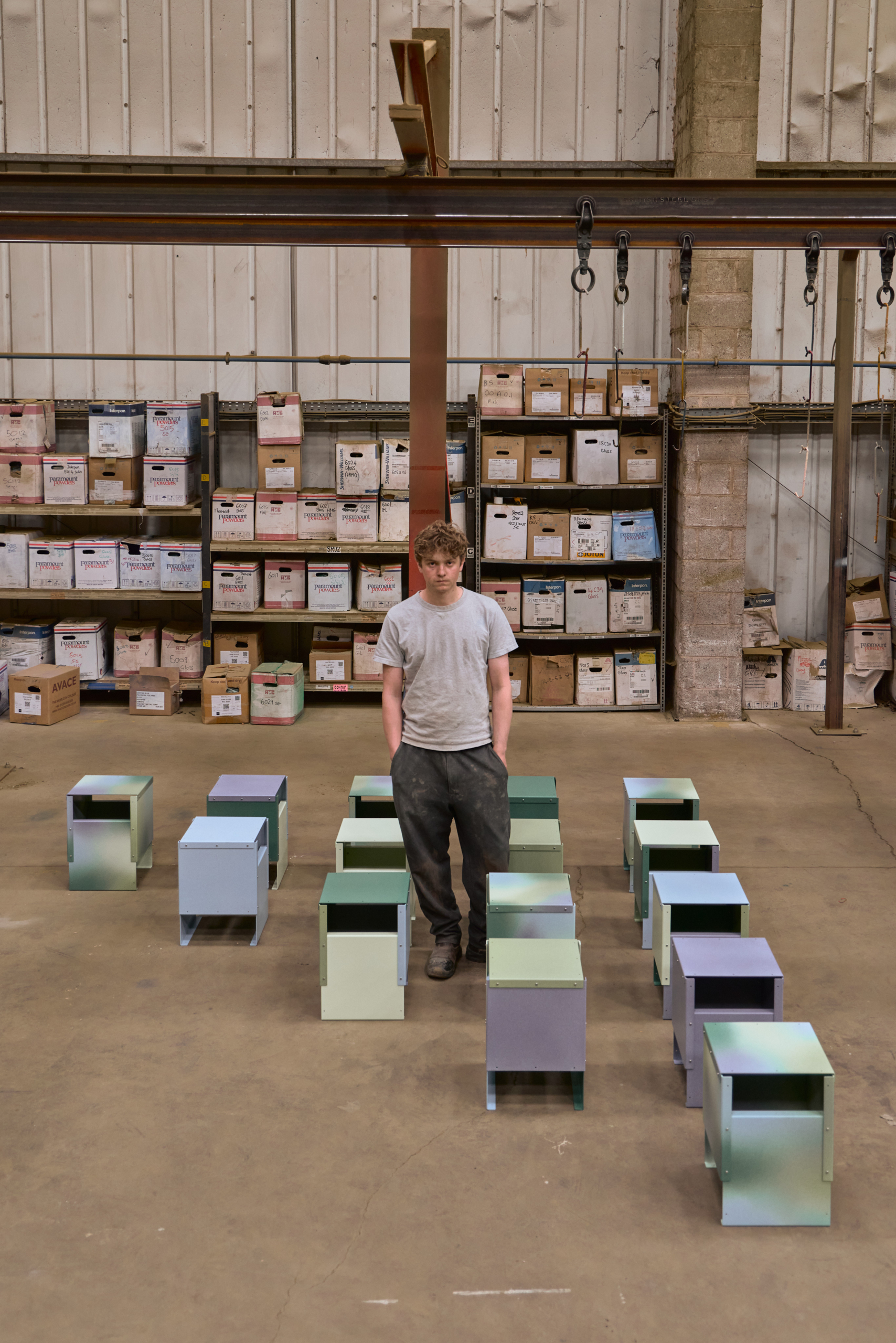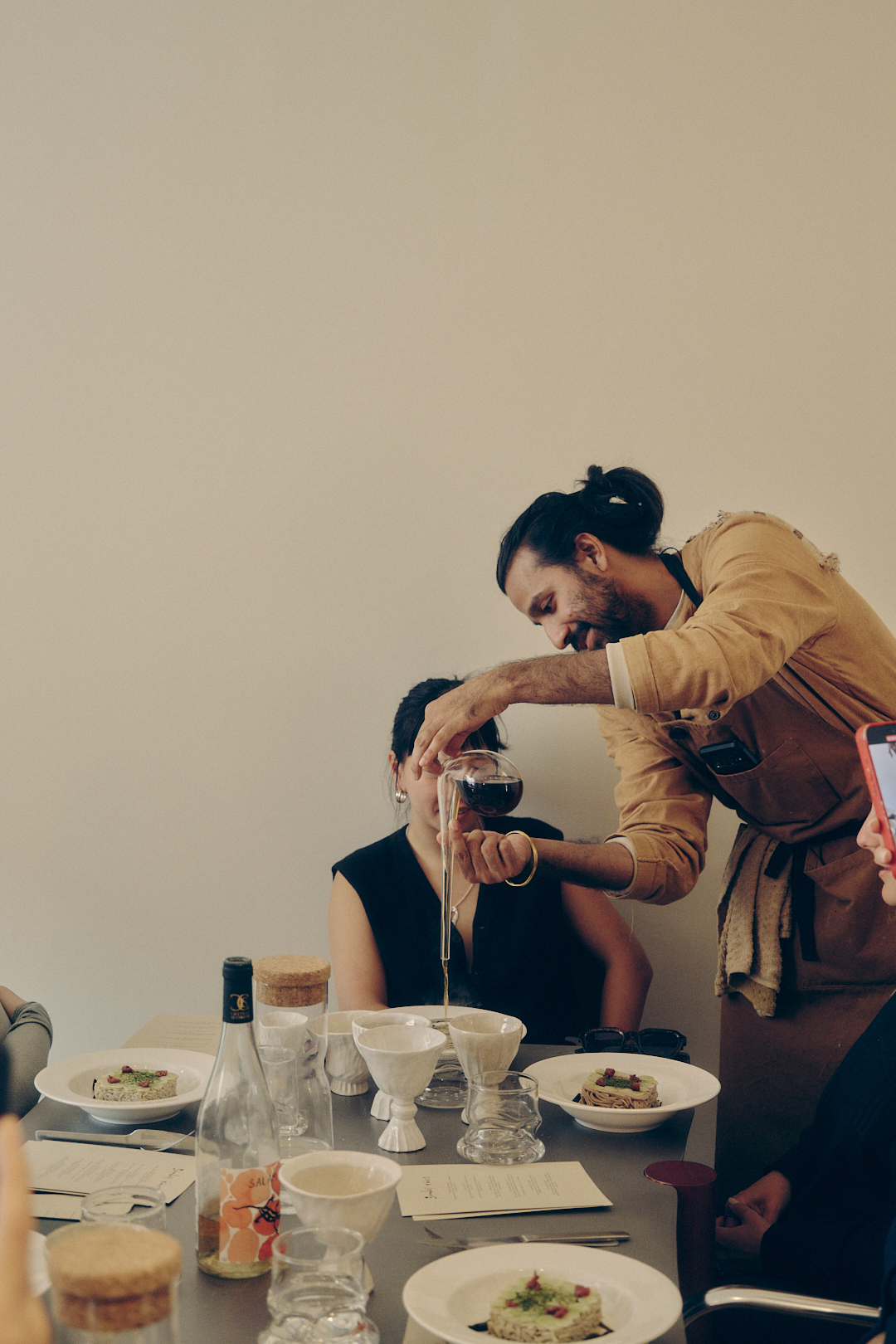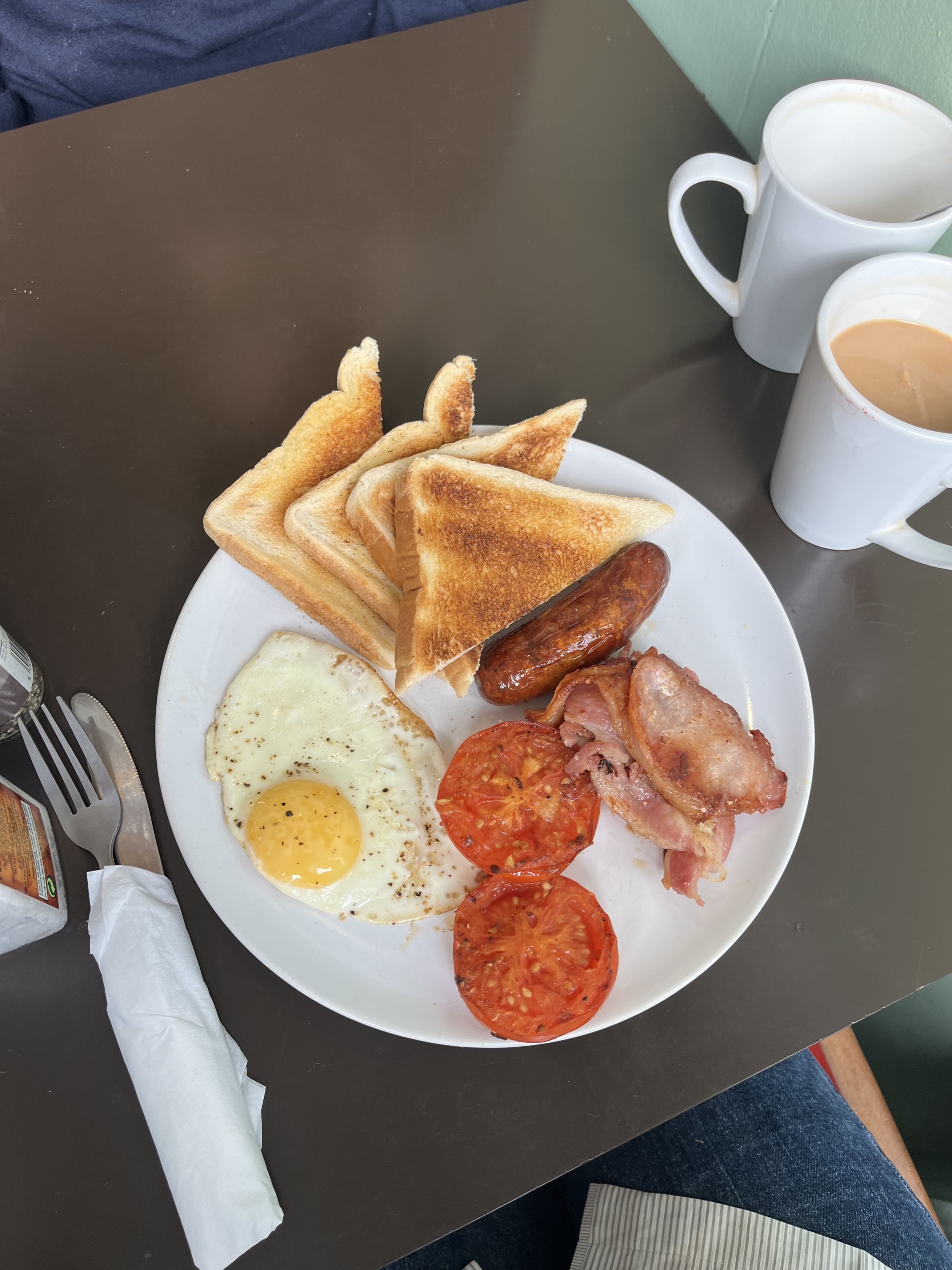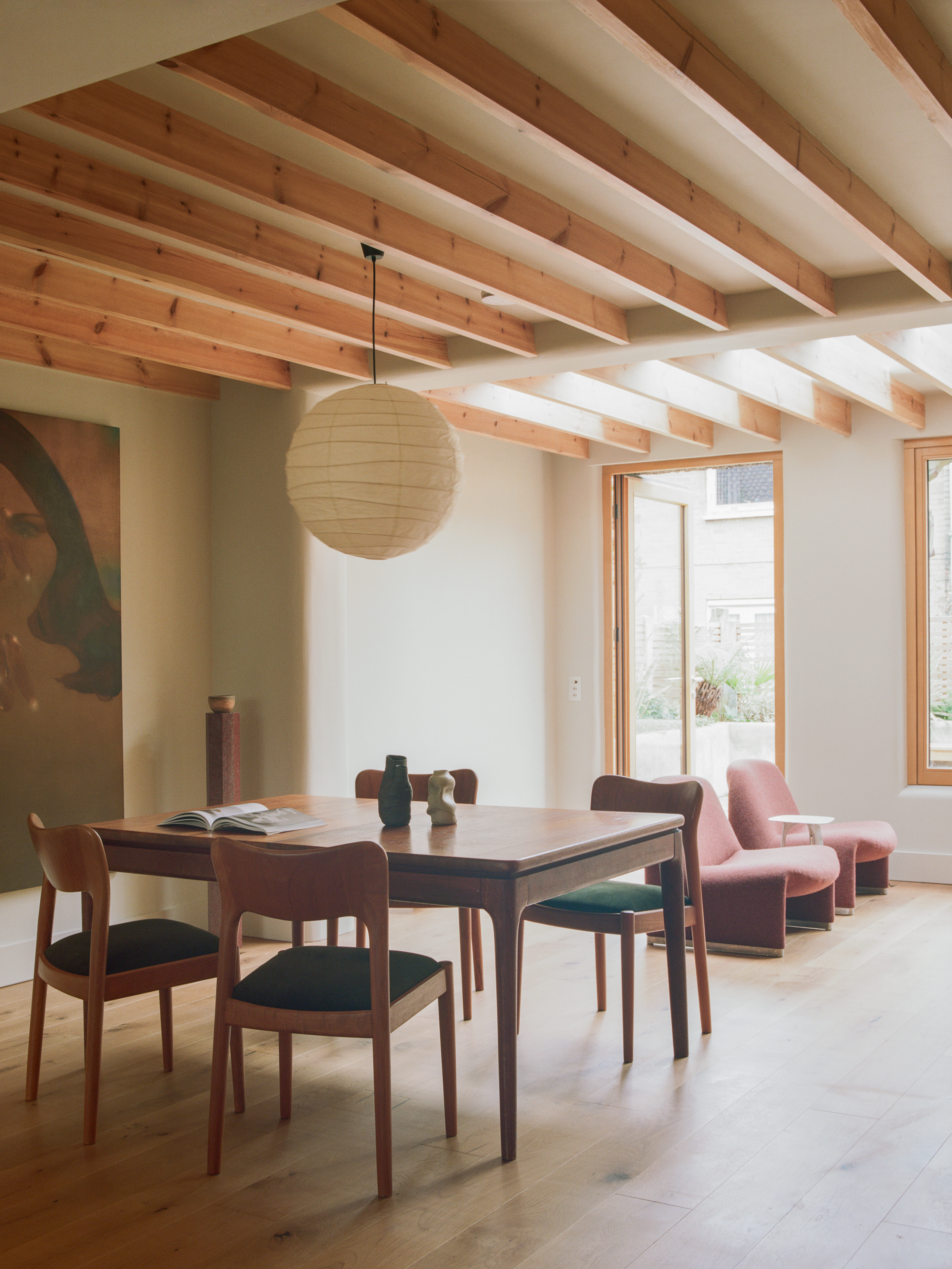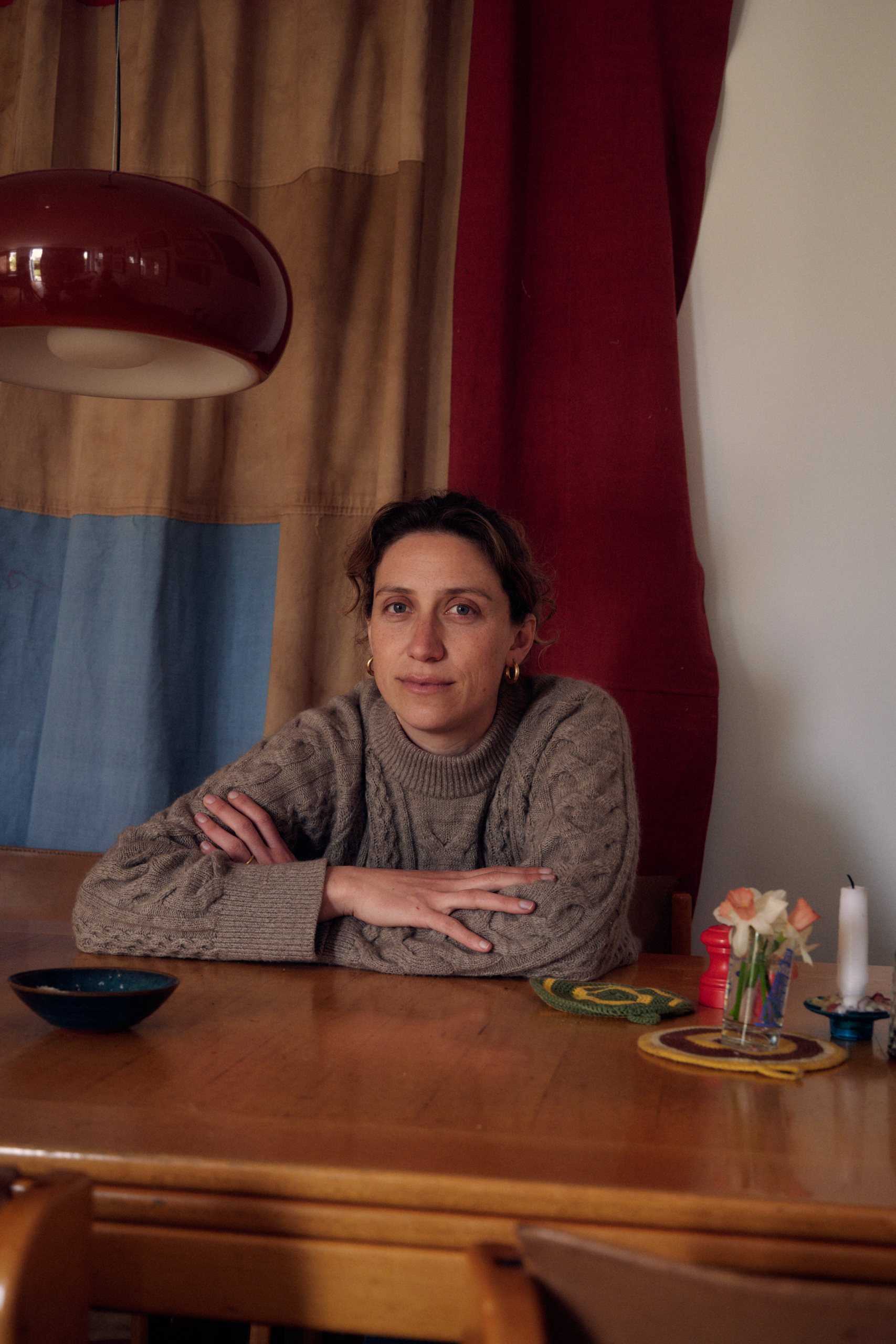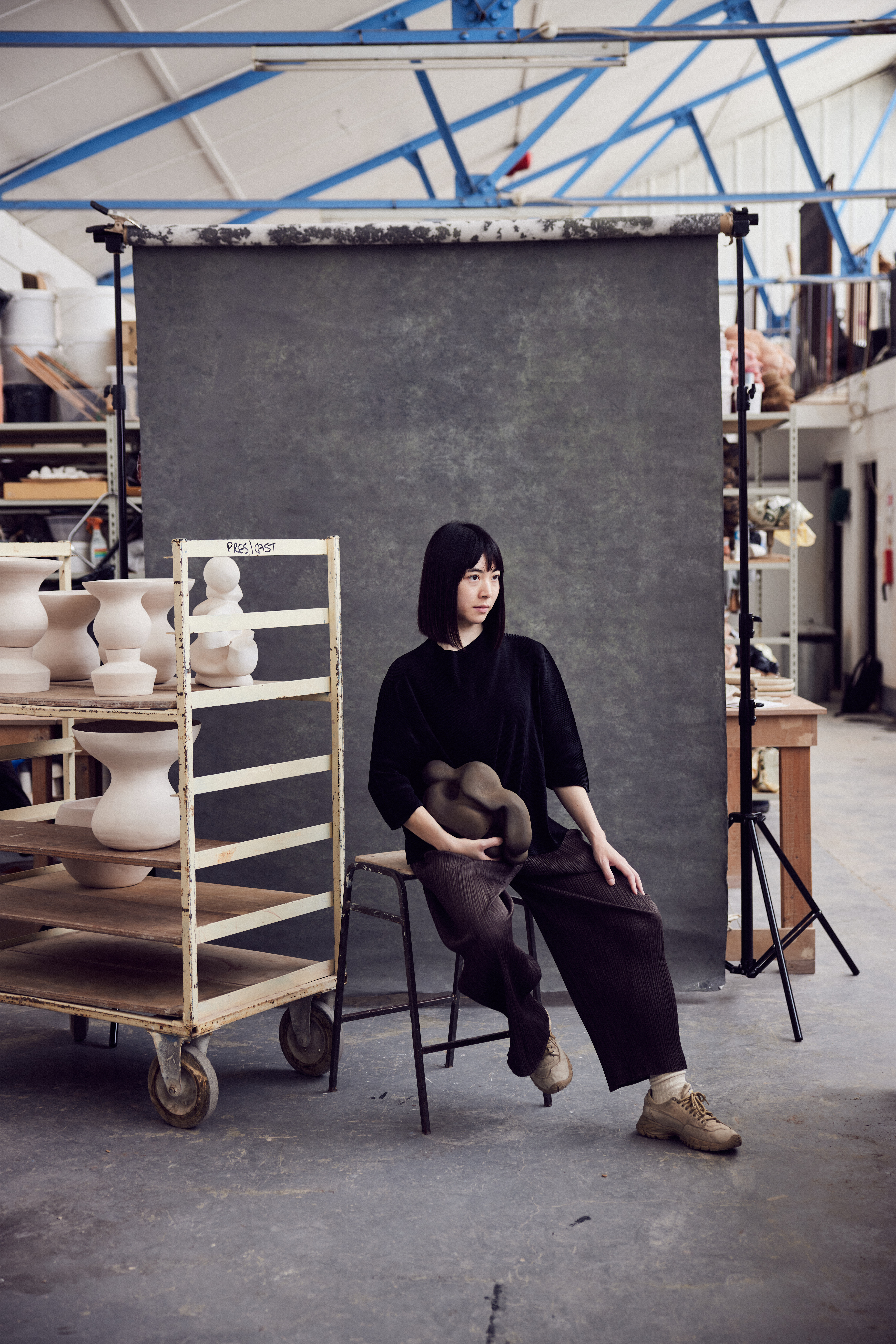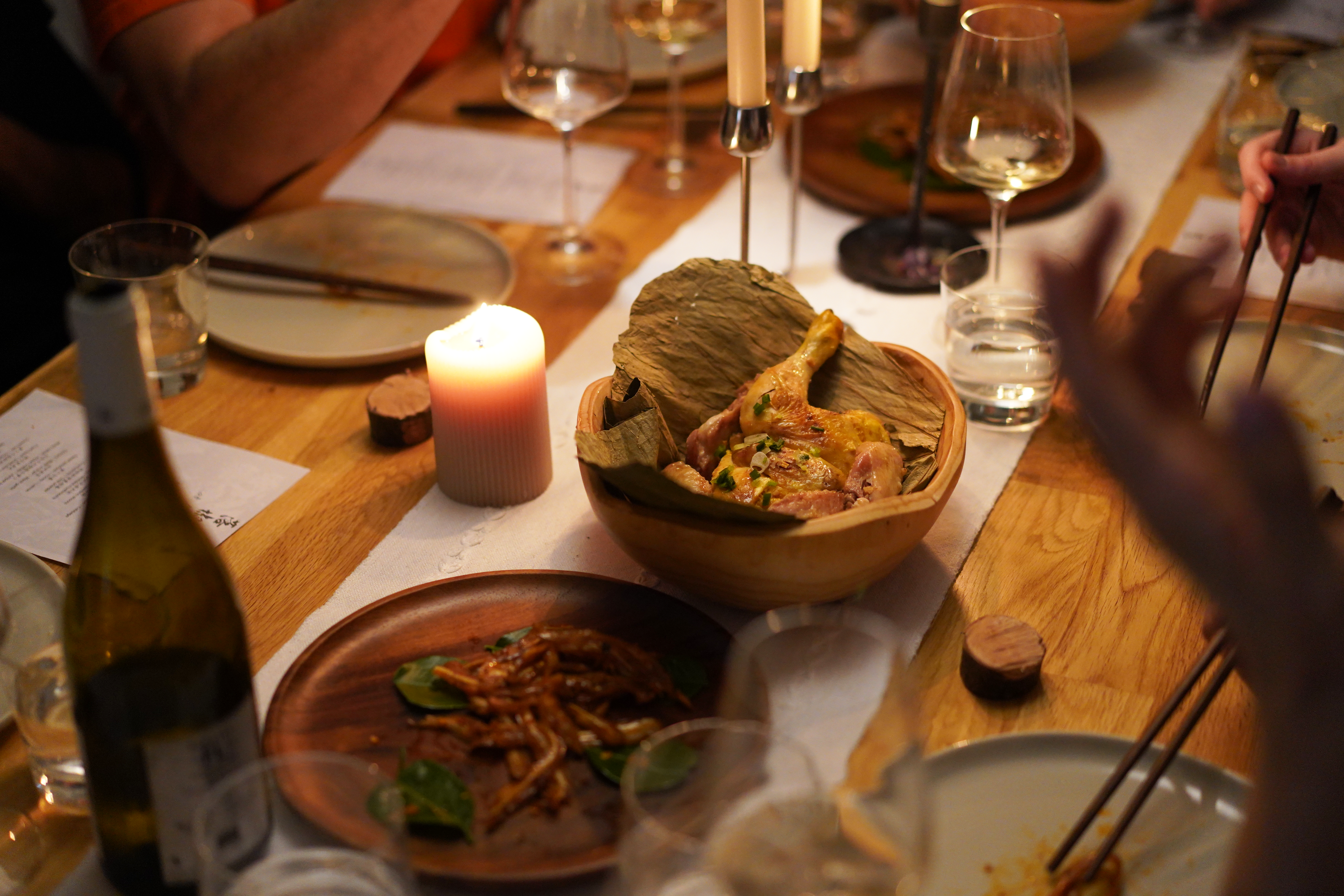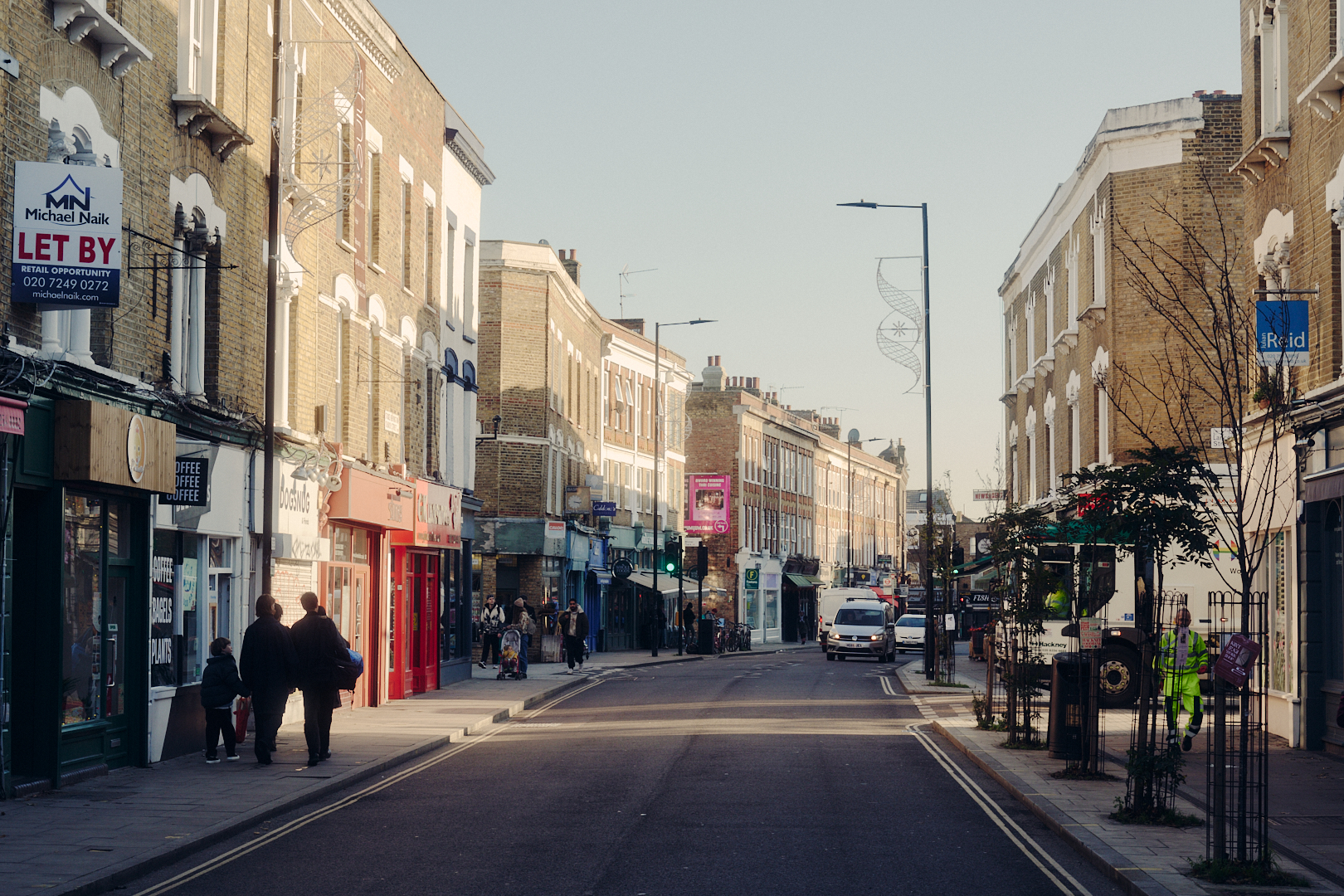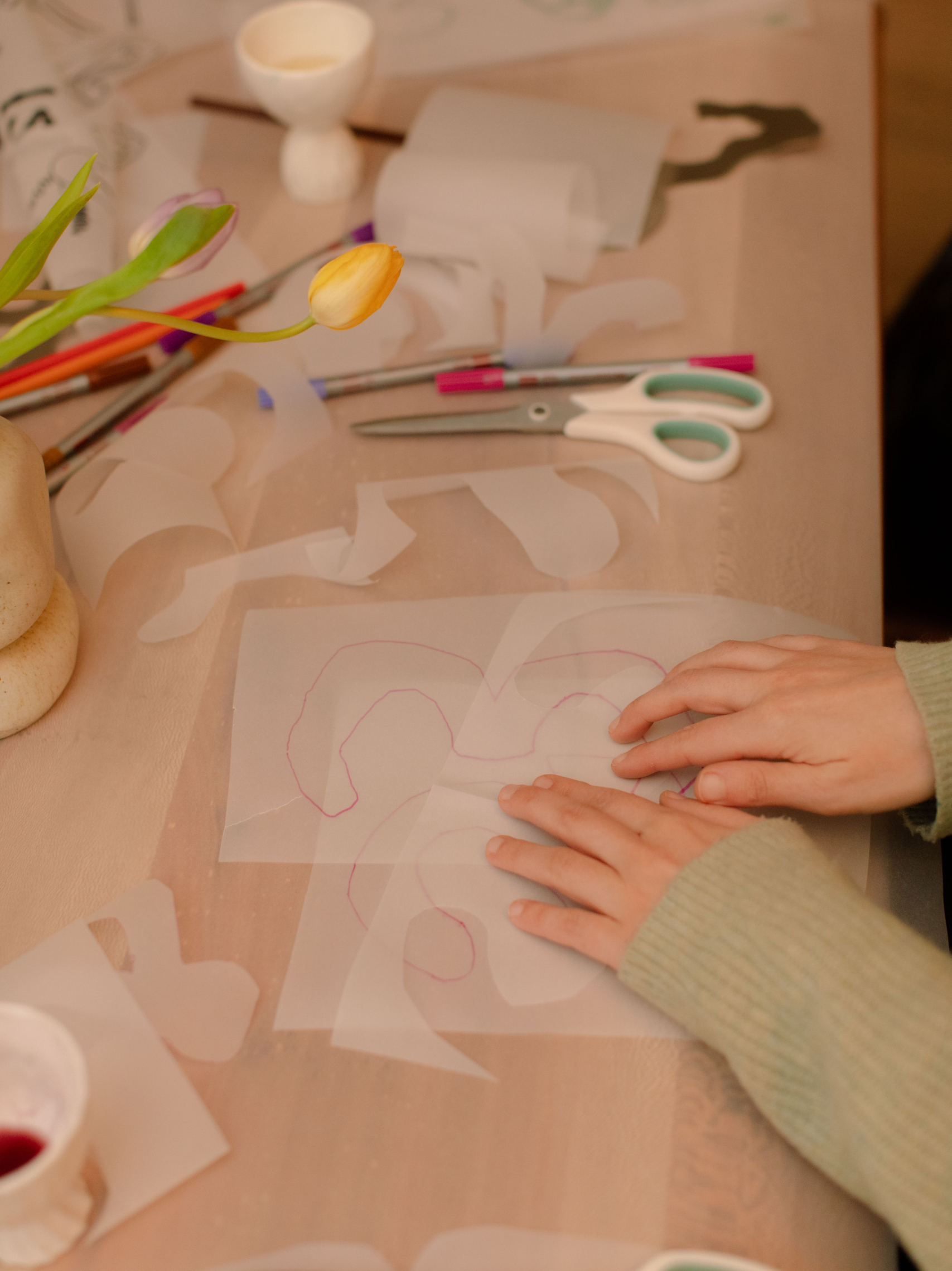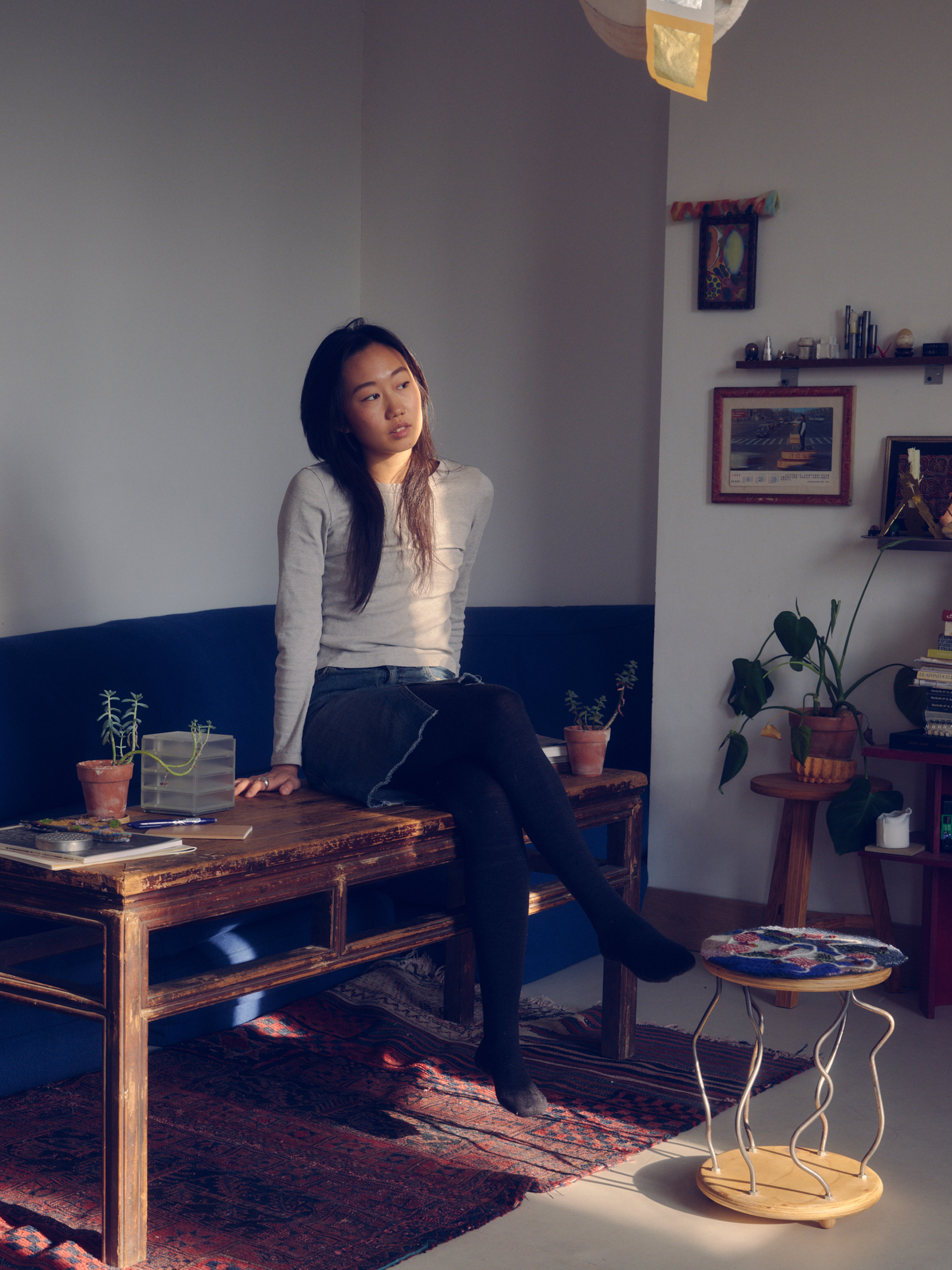FRIENDS OF SCURA: ALEXANDRA ARIAS

In this Q&A series, we’re sharing conversations with the community of designers we collaborate with on each of our projects, and whose work enriches and enhances each space we create. Today, we’re chatting with Panamanian architect and designer Alexandra Arias, who is based in London and works across architecture, interiors, and product design.
Alexandra’s diverse work spans various mediums and scales, from spaces and objects to creative direction, showcasing her ability to merge functionality with aesthetics in everything she creates. For Flawk’s latest project, Lode, she turned her hand to a series of wall sconces that she developed with a master glassblower outside of Barcelona, learning how the material could be manipulated and worked so as to appear like it was melting. Inspired by the movement of waves, each hand-made sconce bears unique contours that give the impression of motion, which is only amplified when turned on. Read on to discover the creative mind behind the magic…
Scura: Alex, tell us a little about your work.
Alex: I’m Panamanian and completed my architecture studies in the US. After graduating, I practised for three years, eventually taking on my own projects. Three years ago, I moved to London to pursue a master’s in design products at the RCA. This led me into object-making, a natural progression from my experience in interior architecture, where I curated spaces and the objects within them.
Now, my work involves crafting thoughtful physical experiences, whether on a large or small scale. I’ve always been interested in understanding how things are made, especially with materials I’m less familiar with. This curiosity drives much of my creative process, sparking ideas and exploration.
When it comes to design, I start with the material rather than the form, letting the material’s characteristics inform the design. Each material has its own constraints, and these dictate what it can become. Instead of imposing a design, I allow the material to guide the final form.
Flawk: What does it mean to be creative today? How do you get into a creative space?
Alex: I believe being creative requires being attuned to yourself: knowing your tastes, values, and interests. For me, it’s about understanding what genuinely sparks my curiosity and using a chosen medium to channel that inner vision. While it’s important to be aware of the world around you, I think creativity should come from within and that your best work comes from a place of authenticity.
However, it takes practice. It’s easy to get distracted by new trends or ideas, but you need to know yourself to understand where you stand and what you want to create. Over time, this self-awareness becomes a habit, making and creativity feel more effortless. It might not be true for everyone, but it’s been my experience.
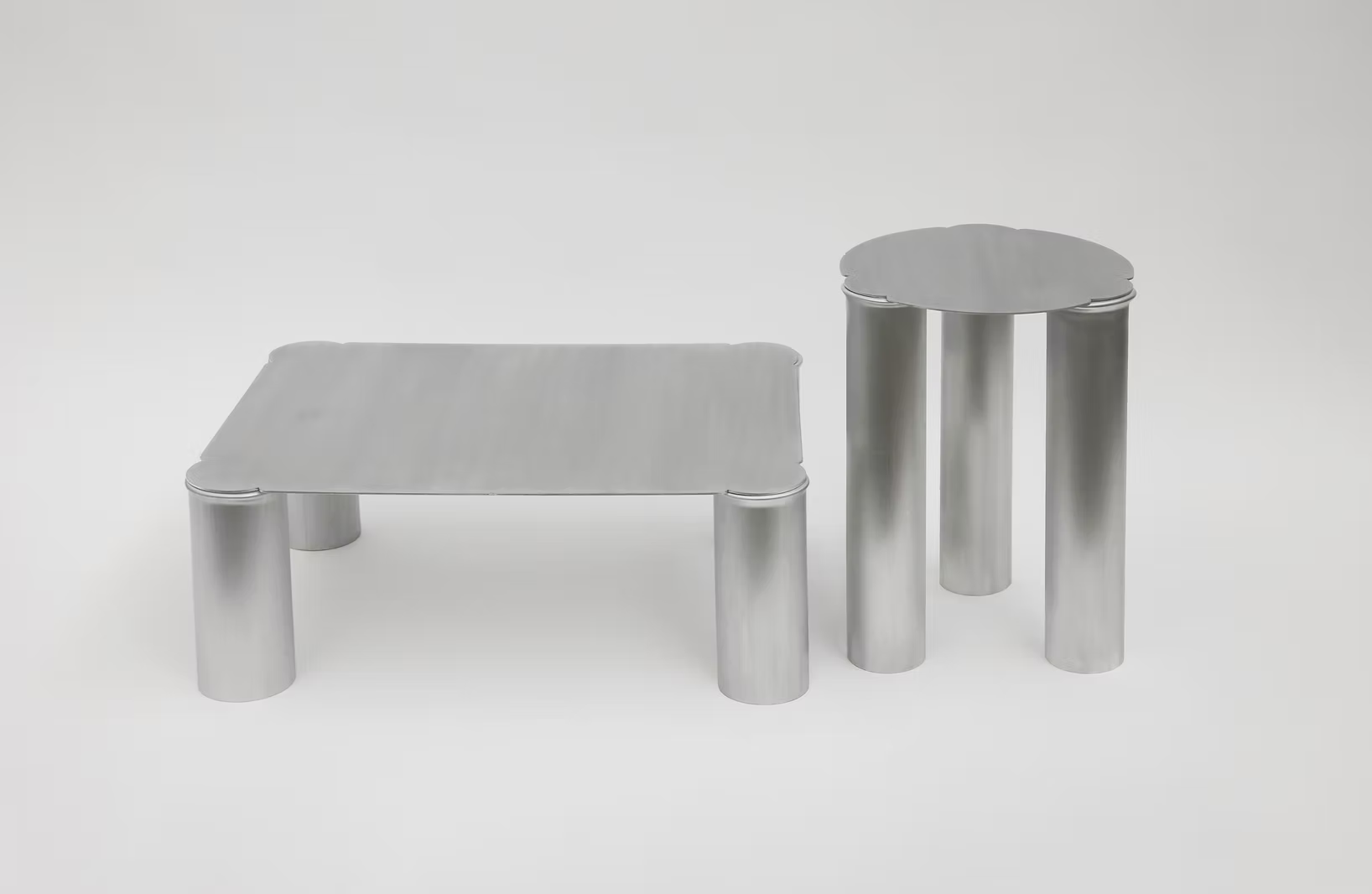

Scura: What does a normal working day look like for you?
Alex: I wear a lot of hats, so my work varies depending on the project. If I’m working on an architecture project, my day might involve computer modelling, laying out designs, or discussing details with clients and suppliers. When focusing on object design, I spend time experimenting with materials, sketching on my iPad, or creating mock-ups.
Although my tasks change, I maintain a personal routine: wake up, have breakfast, exercise, shower, and then start working. I used to be a night owl, especially during my architecture studies, but now I’m a morning person. I like starting my day with exercise because it energises me, especially since my projects often involve calls with Panama later in the afternoon.
By evening, I transition to cooking, which I find creatively fulfilling. Cooking allows me to flow intuitively, and I like to consider myself a good cook, often experimenting with recipes. I started with baking sweet things as a teenager, but now I mostly cook savoury dishes. My favourite recent dish is a pork and cavolo nero pasta with lemon, parmesan, and spices. It was delicious and embodies my approach to cooking: using recipes as guidelines and then improvising to create something unique.
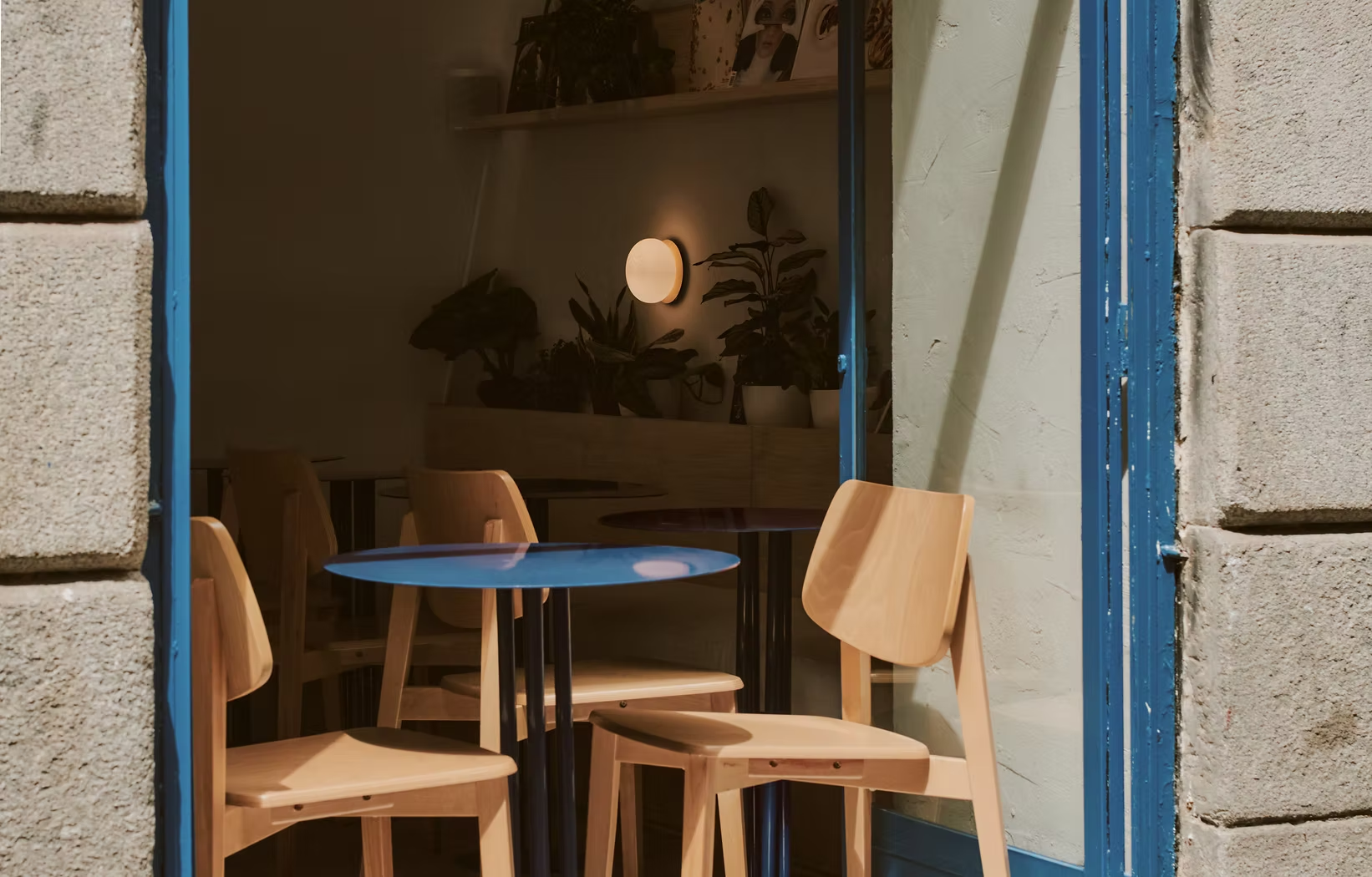
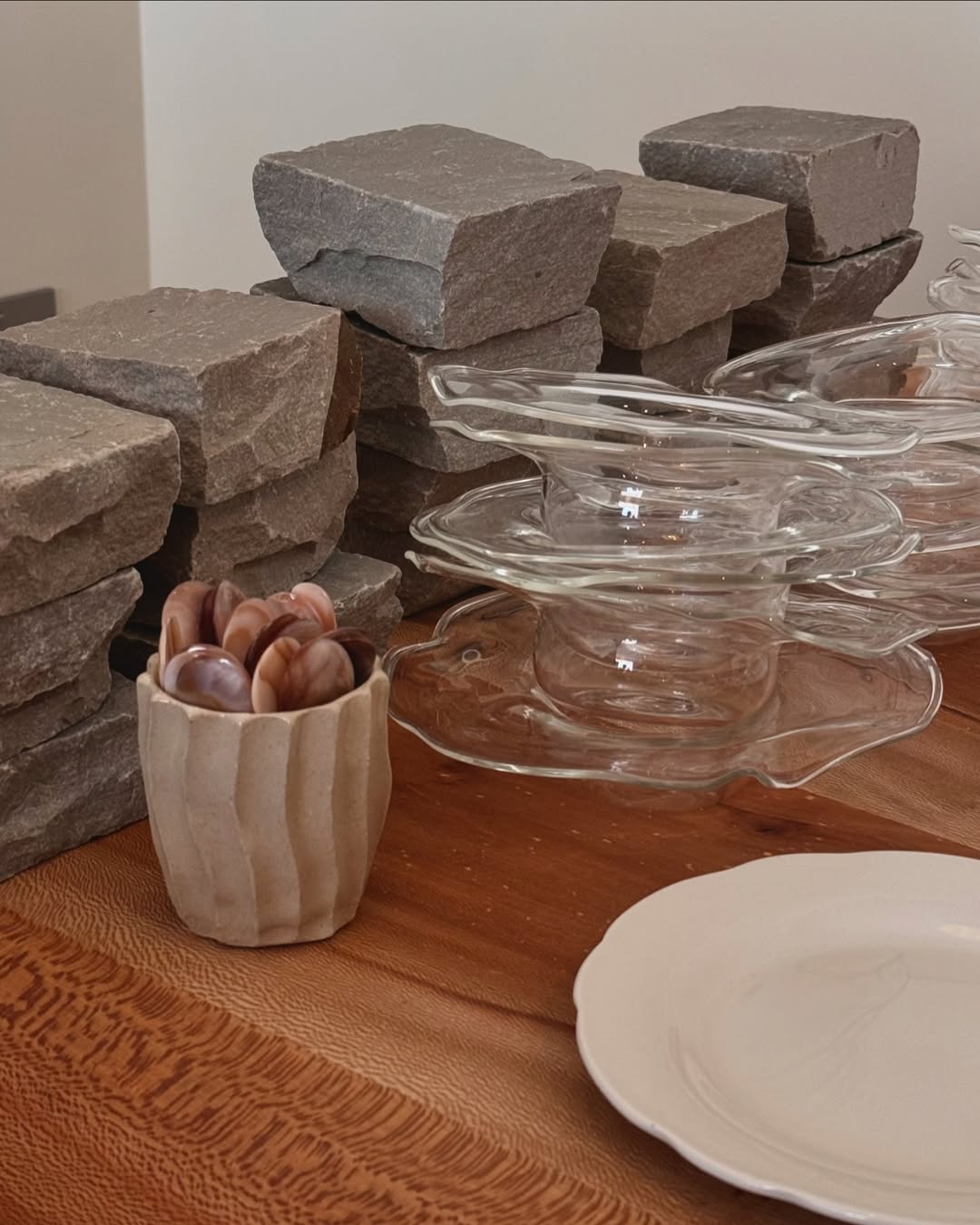
Scura: Where do you live? Any recommendations?
Alex: I live in St John’s Wood in London, which I love because there are so many parks nearby, including the Heath. One of my favourite things to do around here is go to the falafel stand on Primrose Hill High Street. It’s only there on Sundays during summer and autumn. They disappear during winter and spring, so it’s a seasonal treat.
When they’re around, I love grabbing a falafel wrap and heading to the park to enjoy it while sunbathing. The experience is made even more fun by a local who often brings two huge macaws to the park. You’ll see them flying around or perched on his shoulders. It’s such a surreal mix: enjoying Middle Eastern falafel, watching tropical birds, all while surrounded by London’s urban landscape. It’s a little slice of the city that feels perfectly London.
That’s a very specific recommendation, but if someone reads this and tries it, they’d get to experience one of my favourite London moments. Just remember, it has to be on a Sunday during summer or autumn to catch the falafel stand!
Scura: What does ‘community’ mean to you?
Alex: I believe you can have different communities for different aspects of life. A community is a network of people who share a common thread—whether cultural, contextual, or professional—that makes you feel acknowledged and at home. Connections with other people can enrich your life and influence the quality of your relationships and work.
For me, being from a different place and speaking another language, I naturally gravitate towards Spanish-speaking people. The language often brings shared cultural elements like music and food, making it more than just a means of communication.
But, interestingly, when I came to the RCA, I found that I connected most with British people. We bonded over shared professional interests and similar life stages, and my British friends became another important community for me.
Having multiple communities enriches your social life too, especially in a city like London, which I find to be incredibly multicultural. This diversity allows you to engage with various cultures and meet people you wouldn’t have encountered elsewhere. Most people here tell me I’m the first Panamanian they’ve met, which adds another dynamic to my interactions. Embracing multiple communities keeps life dynamic and fulfilling.


Scura: And, finally, tell us about a restaurant you’ve loved recently.
Alex: I have to admit, I often head east for food. There are some good restaurants in my area, but the scene in east is better. I’m really keen on the idea of connection through food. There’s a Spanish term, ‘sobremesa’ which refers to the time spent lingering at the table after a meal, enjoying the company as much as the food. I love that concept.
I keep an extensive list of restaurants I want to try, marked on my Google Maps. Every weekend, we venture out to one of these spots and explore the area. Recently, I’ve enjoyed Little Duck The Picklery and Perilla, both excellent. There’s a spot called Albers in De Beauvoir, which is a wine bar with small plates, plus, they do £5 Negronis. I’m eager to try it.
